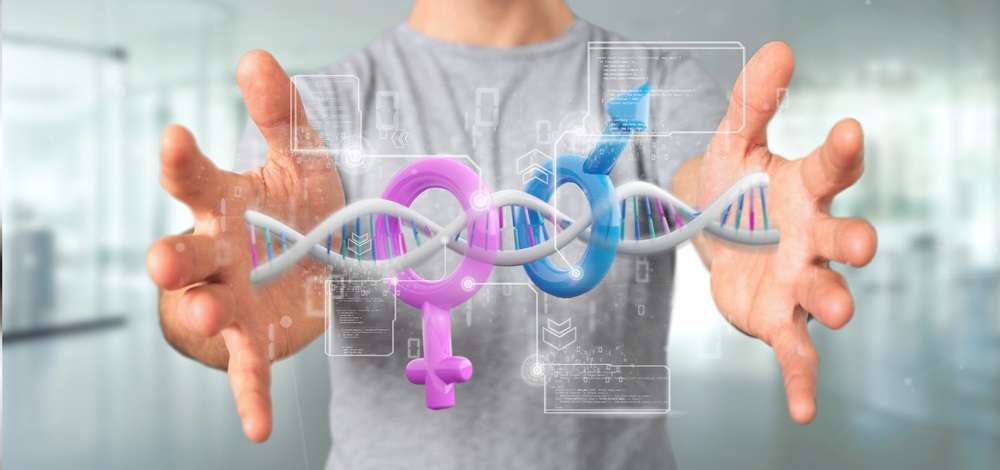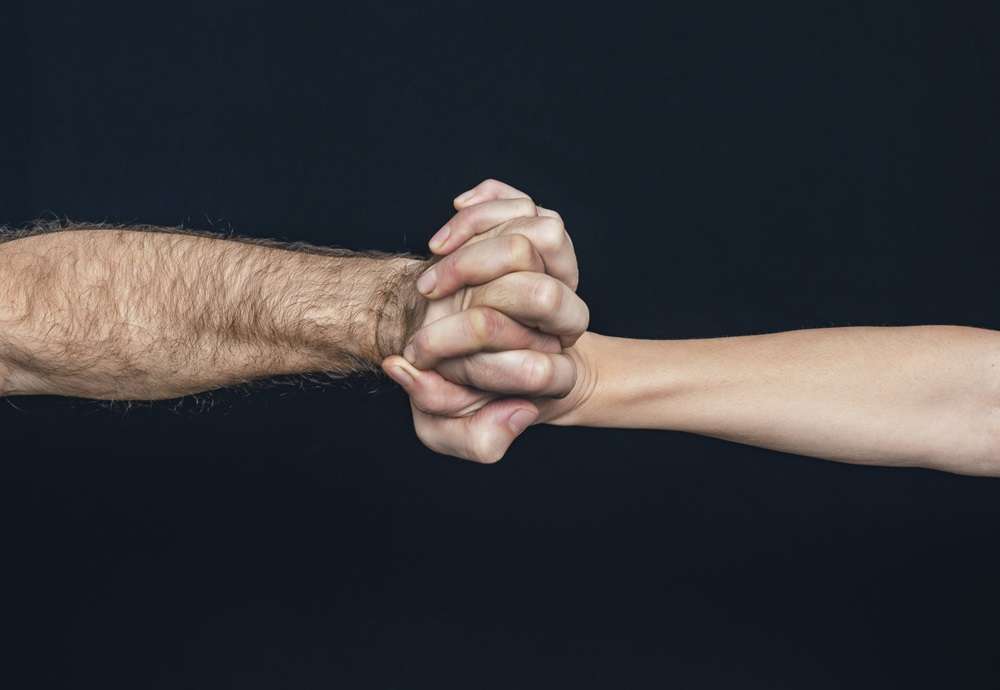
Celebrating Childbirth During Women’s Health Week
26/08/2024
Unseen Agony: The Truth About Phantom Limb Pain
16/09/2024Men vs. Women: Who Really Feels More Pain?
Pain perception in genders is a complex issue influenced by biological, psychological, and cultural factors. While studies suggest there are distinct differences in how men and women experience pain, understanding these variations can help improve pain management strategies tailored to individual needs.
Which woman hasn’t rolled her eyes when her male partner gets the flu and dramatically declares, “I feel like I’m dying… my joints hurt…”?
We’ve all been there, right? But guess what — “man flu” might actually be real (yes, scientists say so)! But that begs the question: is there really a difference in how men and women feel pain?
There’s a common myth that women are just better at handling pain than men, but the truth is a bit more complicated. Women are actually more sensitive to pain! That’s right — when faced with something painful, women tend to report more intense pain and have a lower tolerance for it than men. September is International Pain Awareness Month, and in 2024 the International Association for the Study of Pain (IASP) are exploring the Sex and Gender Disparities in Pain.
Why the Difference?
It’s not just in our heads! The differences in how men and women experience pain come down to a mix of biological, hormonal, and genetic factors.

Here’s the breakdown:
- Hormones: Ladies, we all know our hormones have a lot to answer for. Fluctuations in oestrogen and progesterone can crank up pain sensitivity. This is why conditions like migraine, fibromyalgia, and IBS are more common in women.
- Genetics: Some pain is literally in our DNA. Certain genes related to how we feel pain may be more active in women, making us more prone to certain conditions.
- Nervous System Differences: Women process pain differently in the brain and spinal cord, which can make us more likely to experience chronic pain.
Why We Need to Consider Hormones in Pain Management
Ever wonder why rats are the go-to for science experiments? Fun fact: most of the early studies on pain only used male rats! Why? Researchers thought that female rats’ fluctuating hormone levels would make results too messy to interpret. So, to "keep things simple," they stuck to the boys.
The problem? Ignoring female rats meant missing out on a lot of important information about how different sexes respond to pain, treatments, and medications. Thankfully, researchers are now making up for lost time and including female rats to get a clearer picture of pain.
At Paragon PsychConnect, we make sure to consider biological, hormonal, and genetic factors when it comes to managing your pain. We also believe that how we experience pain is shaped by our psychological and cultural backgrounds — and this is key when designing effective pain interventions. After all, understanding these differences can make all the difference when it comes to managing pain!

For some light reading on this topic go to the International Association for the Study of Pain (IASP) article on the Overview of Sex and Gender Differences in Human Pain
If you would like to explore this further, or need help with your pain, please contact our office to speak to one of our experts on pain management.















